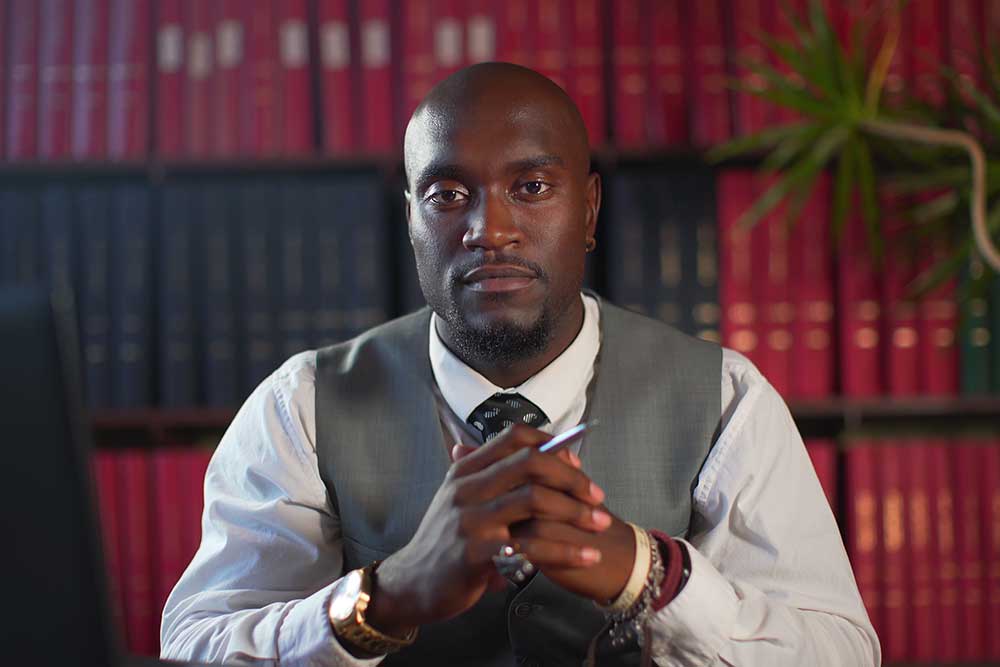Disclaimer: The information on our website is provided for general information purposes only. We make no representations or warranties of any kind, express or implied, about the completeness, accuracy, reliability, suitability or availability with respect to the website or the information contained on our website for any purpose. Any reliance on such information is therefore strictly at your own risk and we are not liable for any damages or losses arising out of or resulting from your reliance on any information contained on our website.
A lawyer gives legal advice to people, government agencies, and businesses and offer representation to them when needed. They prepare legal documents and interpret laws, regulations, and rulings. Watch this career video to learn what a lawyer does:
How to Become a Lawyer
A lawyer spends an average of 7 years in college. This breaks down into 4 years of undergraduate school and 3 years more of law school. A bachelor’s degree is required to enter law school with preferable courses in English, public speaking, government, history, economics, and math. Most law schools require an applicant to take a Law School Admissions Test (LSAT). To finally become a lawyer, most states and jurisdictions want a Juris Doctor (J.D.) law degree, and then you must pass the bar exam.
Job Description of a Lawyer
Lawyers represent clients in civil or criminal trial and present evidence for their defense. They also advise their clients on their legal rights or obligations and counsel them on the best way to proceed according to their legal circumstances. A lawyer conducts research on legal issues and is qualified to interpret laws, regulations, and rulings. They draw up legal documents like wills, deeds, contracts, lawsuits, and appeals. They may also oversee legal assistants or paralegals.
A lawyer can specialize in many different areas of this profession. For instance, they may choose to specialize in a certain area of law such as criminal law, defense, prosecution, tax, or environmental law. Lawyers mostly work indoors and in office buildings, however some travel may be required when meeting with clients or attending court hearings.
Lawyer Career Video Transcript
Lawyers advise individuals, businesses, and government agencies on legal issues and disputes, and represent them in court and legal transactions. Also called attorneys, lawyers inform their clients about their legal rights and obligations, and help steer them through the complexities of the law. They also advocate for their clients in court by presenting evidence and making legal arguments. Lawyers conduct research and prepare documents, such as lawsuits, wills, and contracts. They also oversee the work of paralegals and legal secretaries.
Lawyers work for law firms, governments, and corporations. In government, prosecutors are the attorneys who file charges against those accused of violating the law. Public defenders represent individuals who cannot afford to pay an attorney. Lawyers who work in law firms often start as associates and may advance to the partnership or part-owner in their firm. Those who do not make partner after several years may be forced to leave, a practice known as “up or out.”
Lawyers may specialize in a subject area, such as environmental law, tax, intellectual property, or family law. Most lawyers work in offices, and travel to visit clients or represent their clients in court. They generally keep full-time hours, and overtime is common. Attorneys may face heavy pressure at times. For example, during trials or when trying to meet deadlines. It usually takes three years of law school after college to become a lawyer. All states require lawyers to pass licensing tests called “bar exams” to practice law. Prior felony convictions may disqualify candidates from practicing law.
Article Citations
Bureau of Labor Statistics, U.S. Department of Labor, Occupational Outlook Handbook, Lawyers.
National Center for O*NET Development. 23-1011.00. O*NET OnLine.
The career video is in the public domain from the U. S. Department of Labor, Employment and Training Administration.

